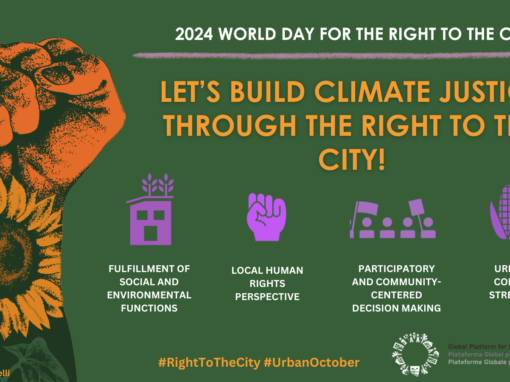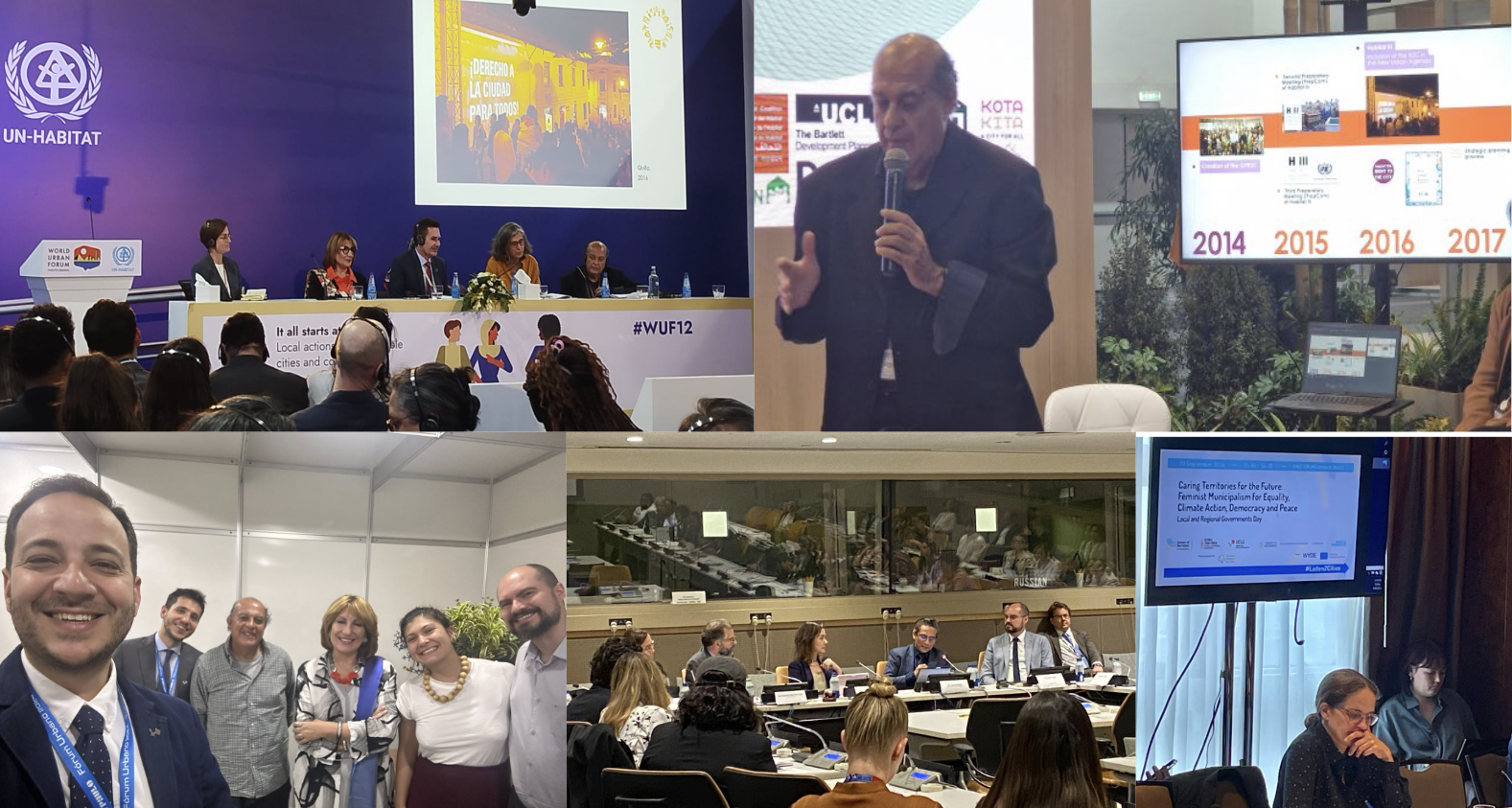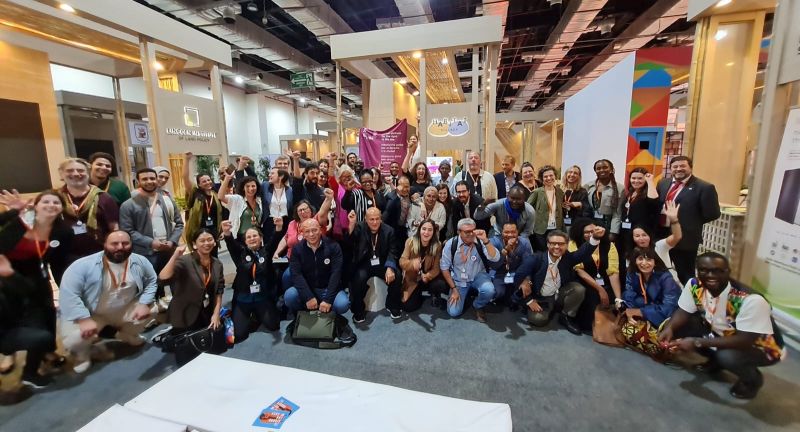The New Urban Agenda will be released during HabitatIII Conference and will affect all cities for the next 20 years.
After a long advocacy and negotiation process, the Right to the City will be mentioned for the very first time in an UN agreement. The New Urban Agenda consists of 175 paragraphs, outlining the global standards to be followed for the future of urban sustainable development for human settlements. This agenda will be presented at the Habitat III global conference to take place October 17-20th in Quito, Ecuador. It will guide, for the next 20 years, the efforts around urbanization of a wide range of actors — nation states, city and regional leaders, international development funders, United Nations programmers and civil society.
The Global Platform for the Right to the City have greatly contributed to the introduction of the concept of the Right to the City in the Agenda resulting from Habitat III – specifically in paragraph 11 of the section “Our shared vision”:
“We share a vision of cities for all, referring to the equal use and enjoyment of cities and human settlements, seeking to promote inclusivity and ensure that all inhabitants, of present and future generations, without discrimination of any kind, are able to inhabit and produce just, safe, healthy, accessible, affordable, resilient, and sustainable cities and human settlements, to foster prosperity and quality of life for all. We note the efforts of some national and local governments to enshrine this vision, referred to as right to the city, in their legislations, political declarations and charters.”
(This definition is based on the proposal that was made by the Global Platform for the Right to the City but with an important absence: the reference to cities as common good has disappeared from the final wording.)
This outcome is another of many necessary steps towards the full acknowledgment of the Right to the City at the international stage, and it follows a long process marked by local governments and civil society’s involvement in the advocacy work for the acknowledgement of the Right to the Ctiy all along the Habitat III process.
However, the way it will be implemented it is not clear yet. A major challenge that the Right to the City – and, more generally, the whole “New Urban Agenda” – is facing is the concretization of the means and resources available for its implementation.
This issue will be at the center of the debates in Quito’s Conference and in the aftermath of the Habitat III process.
Check the main events the Global Platfor for the Right to the City is organizing during the Conference – http://www.righttothecityplatform.org.br/habitat-iii-global-platform-for-the-right-to-the-city-events/
See more at righttothecityplatform.org.br / contact@right2city.org / facebook: right2city / twitter: @right2cityGP
What is the Right to the City? – The concept of the Right to the City is the result of a bottom-up struggle over decades that consists in the right of all inhabitants, present and future, temporary and permanent, to use, occupy and produce just, inclusive and sustainable cities, villages and settlements, understood as a common good essential to a full and decent life.




